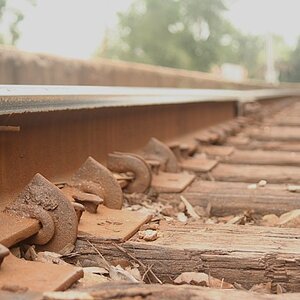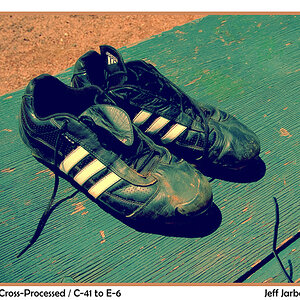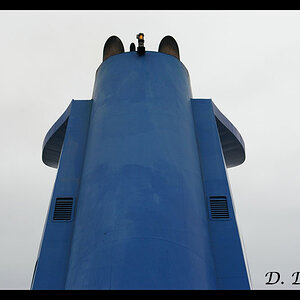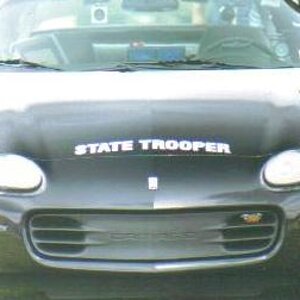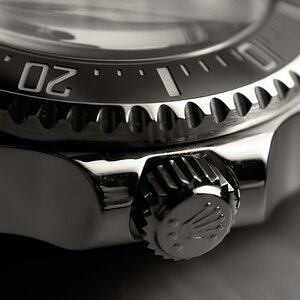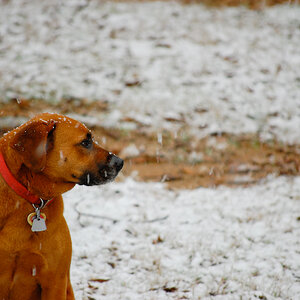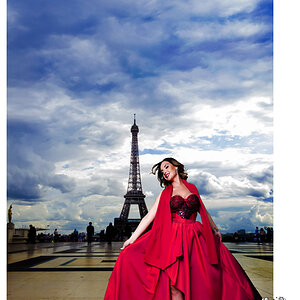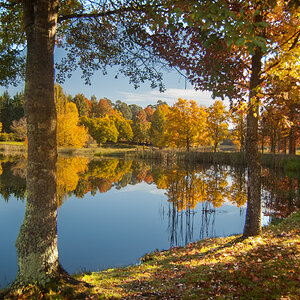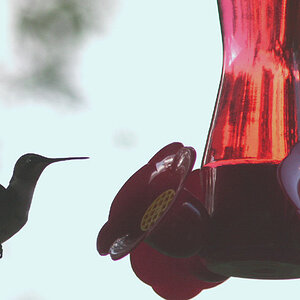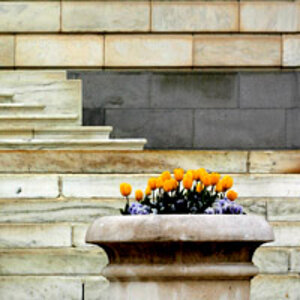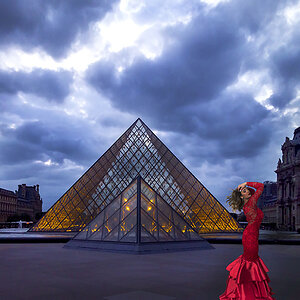Baaaark
TPF Noob!
- Joined
- May 27, 2009
- Messages
- 414
- Reaction score
- 0
- Location
- North or South Pole... it depends
- Can others edit my Photos
- Photos OK to edit
So, if you get the Cactus triggers and some third party flashes, and go full manual, how do you know what level of flash to use without a TTL setup to tell you? Is it a lot of trial and error? Or are there hand-held meters to help out? I guess what I want to know if there's any way to meter the upcoming flash, and adjust it fairly accurately before taking the shot.
If you do use mostly trial and error, how do you prevent from flashing the hell out of your subjects and burning through batteries? Or, once again, is that just part of the learning curve process?
I'm just getting into this, and have been learning about the gels, and the setups and stuff. Just wanted to know how hard it is really to start using a manual setup. I'm sure it really doesn't matter once you know what you're doing.
If you do use mostly trial and error, how do you prevent from flashing the hell out of your subjects and burning through batteries? Or, once again, is that just part of the learning curve process?
I'm just getting into this, and have been learning about the gels, and the setups and stuff. Just wanted to know how hard it is really to start using a manual setup. I'm sure it really doesn't matter once you know what you're doing.


 J/K, if you're not metering, you just spend a lot of time taking shots, checking your histogram, and adjusting settings. And you don't want to start out running your flashes at full power. I usually adjust my exposure for the ambient (to the degree that I want it exposed), add my flash and adjust power to expose my subject while maintaining my ambient exposure. It takes some practice, but is totally doable without a fancy light meter. David Hobby (author of Strobist.com) doesn't even use a light meter himself, although he has years and years of working with light under his belt. Really though, it's not rocket science, and if you put in the time/reading to learn it, you'll find it to be so worth it.
J/K, if you're not metering, you just spend a lot of time taking shots, checking your histogram, and adjusting settings. And you don't want to start out running your flashes at full power. I usually adjust my exposure for the ambient (to the degree that I want it exposed), add my flash and adjust power to expose my subject while maintaining my ambient exposure. It takes some practice, but is totally doable without a fancy light meter. David Hobby (author of Strobist.com) doesn't even use a light meter himself, although he has years and years of working with light under his belt. Really though, it's not rocket science, and if you put in the time/reading to learn it, you'll find it to be so worth it. ![[No title]](/data/xfmg/thumbnail/42/42067-88a229e814afcfc8848b3e293d8113d9.jpg?1619739998)
